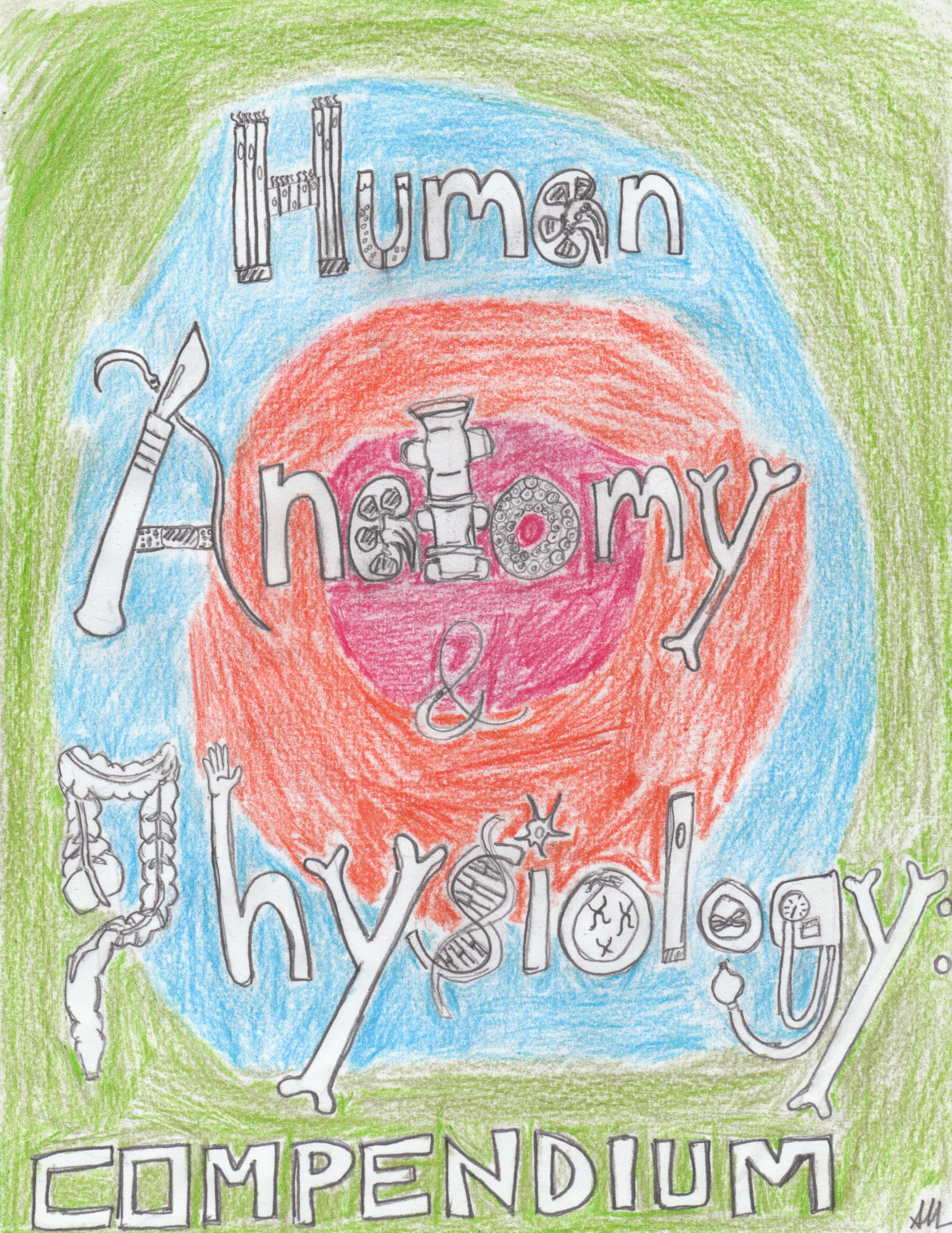
| LarryFrolich.com |
 |
The Compendium Notebook: “Paying Down” your exam grade

Compendium Notebook Cover Page (Sergio Giusti, 2011)
How does it work?
At the class meeting prior to the exams, you will have a chance to present a compendium review notebook for that section of the course. This notebook can help you to “pay down” the cost of the exam or, in other words, insure some of your points on that exam. If you present a perfect compendium notebook, it will be worth 30 points towards the total 100 points of the exam. Then, the percentage you get on the exam will apply to the remaining 70 points. Thus, let’s say you get 60% of the questions on the exam correct. You already have 30 points for your notebook, plus 60% of the remaining 70 points (42) gives you a total of 72 points for that exam. Compare this to a grade of 60 points that you would have gotten without presenting a perfect notebook, and you can see that it could mean the difference between failing and passing the exam.
At the class meeting before exams, I will sit down with each student who has come to present a review notebook and personally review it, providing what feedback I can in the time allowed. You will then receive a evaluation sheet indicating the number of points that you now have guaranteed for the exam. You must bring turn in that sheet when you do the written exam. If most students present notebooks (which is my hope), time for each of one of you can be very limited. Thus, when I come across notebooks that are not complete efforts, I will be brief, but unsparing, in my criticisms and the awarding of points. Please do not take this personally, but as a challenge to do better next time. Remember this is an optional undertaking, but if you choose to do it, do it well!! But also remember that there is no penalty and any points you earn can only help you so it is worthwhile bringing your notebook even if you don’t get it completely done.
What’s involved?
The compendium notebook is a summary review of what’s been covered in that section of the course. It must be comprehensive, written by your hand, include graphics and images as well as text, a table of contents, and a cover page. To get credit it must be neat and well-organized—a second or third revision that reflects a well-founded and detailed understanding of the entirety of that section of the course. The only printed, copied, down-loaded or scanned material that can be included would be images that are incorporated as part of a larger hand-drawn schematic, or cartoon humor.
The minimum requirements:
To even be considered for evaluation, a notebook must have the following characteristics:
A hand-made title page
A table of contents that refers to numbered pages within the notebook
Be bound or stapled separate from your regular class notes or notebook
Be done by hand in your own handwriting
Have your name signed on each page of the notebook as your own original work
What insures complete credit?
IF the notebook meets minimum requirements, then I start out assuming it should get full credit and take off points for the following elements:
Lack of completeness. Major topics that are not covered result in a 10 point deduction. Minor topics in a 5 point deduction
Incorrect or misleading information: 5 points off for each instance of minor error. 10 points off for evidence of major lack of understanding of a given topic.
Lack of integration of graphics or images. 5 points off for each topic where text and graphics are not integrated—that is to say they do not correspond or come together.
Ease of understanding. 5 points off for each topic where the information is not organized in an easy-to-understand manner.
Overly serious notebook. 5 points off for any notebook that doesn’t include at least a moment of light-heartedness or humor!!
Larry M Frolich, Ph.D.
∞
Miami Dade College ∞
Wolfson
Campus
∞
Natural Sciences
∞
Miami,
FL 33132 ∞
Office 1504
∞
(305)
237-7589
∞ e-mail
